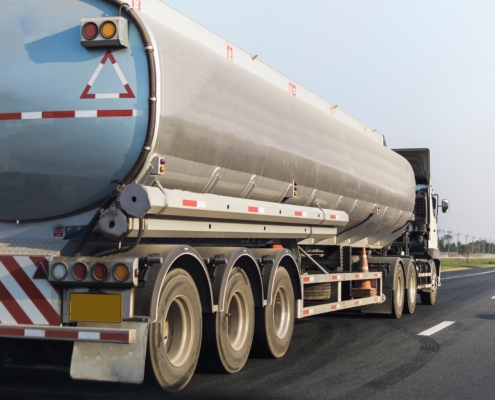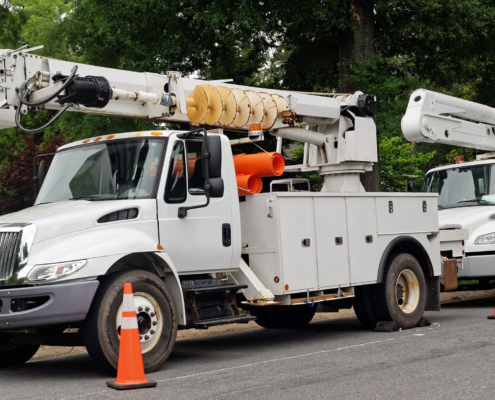Now that we know the types available, let’s run through some additional considerations before arriving at a final decision:
1. Application Requirements: Consider the type of equipment you will be operating, the tasks you need to perform, and the power requirements of your hydraulic system. For example, a dump truck may require a simple single-acting kit, while a tow truck or crane may benefit from a more versatile double-acting or PTO-driven kit.
2. Vehicle Compatibility: Ensure your kit is compatible with your truck’s make and model. This includes verifying that the hydraulic system fits within the truck’s chassis and that the PTO and hydraulic pump can be properly integrated with the truck’s powertrain.
3. Load Capacity and Power Output: Different wet kits have varying load capacities and power outputs. Choose a kit that can handle your hydraulic equipment’s weight and power requirements. For example, you may need a high-capacity hydraulic pump and a larger reservoir if you’re operating heavy-duty machinery.
4. Budget Considerations: While selecting a wet kit that meets your needs is important, it’s also essential to stay within your budget. Compare the initial cost of different kits and the long-term maintenance and operational costs. Higher-end kits may offer more features and greater reliability, but they also come with a higher price tag.
5. Maintenance and Support: Consider the ease of maintenance and the availability of support for the kit you choose. Opt for a kit from a reputable provider that offers good customer service and support. Regular maintenance is crucial for ensuring the longevity and performance of your hydraulic system.
6. Compliance and Regulations: Confirm the wet kit you choose complies with industry standards and regulations. This includes safety standards, environmental regulations, and any other relevant guidelines. Choosing a compliant kit helps avoid potential legal and operational issues.










